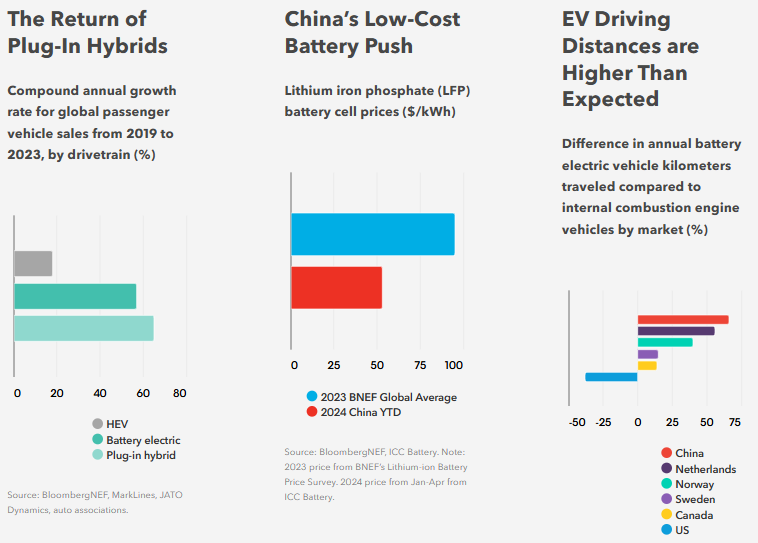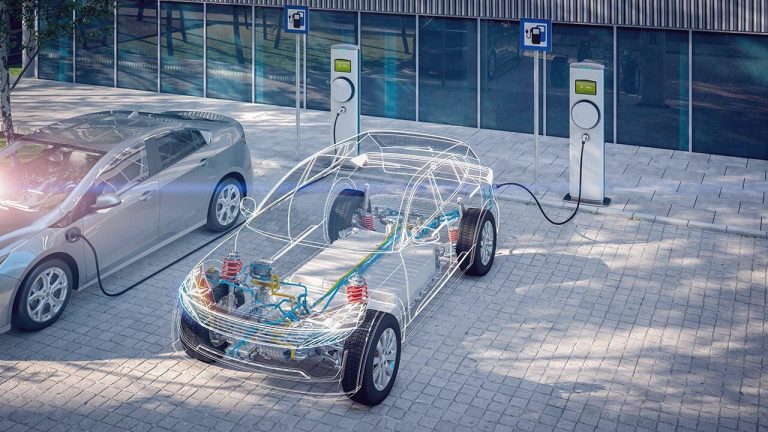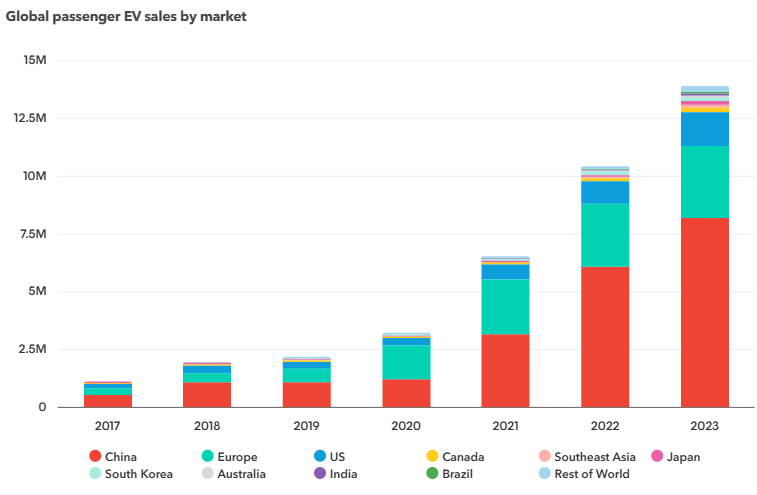Hey everyone, let’s talk about the electrifying world of cars, and especially what’s happening in China! As someone who’s been watching this space for a while, we have a pretty awesome picture in our head of where China’s massive push into Electric Vehicles (EVs) could take us all.
Imagine a future where clean, efficient EVs are the norm everywhere, not just a fancy option. China, with its incredible drive and scale, is leading the charge. This could mean faster innovation as everyone tries to keep up, making EVs better and cheaper for all of us. Think about a world with less pollution in our cities, quieter roads, and a real dent in climate change – all thanks to this electric revolution partly powered by China’s ambition. Plus, healthy competition on a global scale can only mean we get more choices and better technology in our own driveways. That’s the dream!
Now, speaking of what’s happening right now, did you catch the latest from Bloomberg NEF’s Electric Vehicle Outlook 2024? It highlights that while EV sales are still going up globally, the pace is different in different places, and some automakers are even hitting the brakes on their EV plans. Interestingly, though, the report points out that China still dominates the global passenger EV market. This really shows the scale of what’s happening there.
The EV Race Isn’t Fair Yet—And China’s Head Start Could Make It Tough for Others to Keep Up”
It’s not all smooth sailing, right? We’re seeing some bumps in the road:
- Global competition might get a bit uneven. Some worry that China’s strong government support and massive production could make it tough for EV makers in other countries to compete. This could lead to trade tensions and might not be great for a truly level playing field.
Reason: Countries like China have established comprehensive policy frameworks to support EV adoption, including targets, ICE (internal combustion engine) restrictions, incentives, and charging infrastructure support. The reducing government incentives in Europe led to a drop in demand. This shows how much government actions can shape the market.
- Technological dependence could become an issue. Right now, China is a major player in battery production and key components. This could create a situation where other countries become too reliant on a single source for critical EV tech.
Reason: The Bloomberg NEF report notes that the manufacturing of battery cells and components is concentrated in China. The Forbes article also highlights concerns that Western countries don’t control the supply of battery components, making them dependent on China.
- Consumer adoption isn’t uniform. While China is seeing huge EV uptake, other markets are lagging for various reasons like cost and infrastructure.
Reason: As highlighted in the Forbes article, affordability and infrastructure are major barriers to EV adoption in many places. The comparison India and China points to poor charging infrastructure and high costs as reasons for lower EV adoption in India compared to China. The McKinsey survey also found that EV skeptics have concerns about range and charging infrastructure.
Now, here’s where we get optimistic. We truly believe that if we tackle these challenges head-on, our utopian vision of a world powered by clean, competitive EVs can absolutely become a reality. China’s leadership in this sector is a huge opportunity, and by working together globally, we can make sure everyone benefits.

Make EVs a No-Brainer and Level the Playing Field—Let’s Compete Smartly, Not Just Quickly
So, how do we get there? Here are a few thoughts:
- Foster fair global competition: We need to think about policies that encourage innovation and growth in all EV markets, maybe through international collaborations and agreements that ensure a level playing field.
- Diversify supply chains: Other regions need to invest in their own battery production and raw material sourcing to reduce reliance on any single country. This could involve supporting local manufacturing and exploring sustainable mining practices.
- Boost consumer confidence everywhere: Governments worldwide should prioritize investing in robust and convenient charging infrastructure. Offering consistent incentives to buyers can also help bridge the cost gap between EVs and traditional cars. Sharing information and addressing consumer concerns about range and charging is also key.
- Encourage technology sharing and collaboration: Instead of building walls, global players should explore partnerships and knowledge sharing to accelerate the development of better battery technologies and recycling processes.
- Standardize regulations and interoperability: Making sure EVs and charging infrastructure are compatible across different regions can make the transition smoother for everyone. The Accenture report talks about the need for aligned hardware and software standards.

China’s rapid EV growth is reshaping the global auto industry, offering a glimpse into a cleaner, more efficient future. But while its leadership drives innovation and scale, challenges like uneven competition, technological dependence, and varied consumer adoption remain. Tackling these will require global cooperation—through fair policies, diversified supply chains, stronger infrastructure, and shared technology. If the world works together, we can turn China’s momentum into a collective win for sustainable mobility.
What are your thoughts on China’s role in the EV revolution? Do you see more opportunities or challenges ahead? Let’s hear your perspectives!
The EV revolution is charging ahead—and brands that align with this clean-tech momentum can gain a powerful edge. At Zamun, we help businesses navigate these trends with strategic marketing solutions that resonate in a fast-evolving world. Whether you’re in mobility, tech, or sustainability, let’s connect your brand to the future of transport—one electric mile at a time. To know more about how we can take your organization to a higher orbit, visit Our Services Page or drop in an email to connect.
FAQs
China has strong government support, massive production capacity, and a clear roadmap for EV growth, which gives it a huge head start.
Yes, as technology improves and competition increases globally, prices are expected to drop—especially with countries like China pushing innovation.
Mainly high upfront costs, limited charging infrastructure, and concerns about battery range. Policy support plays a big role too.
By staying informed, adapting to market trends, and leveraging smart marketing strategies to reach a growing Eco-conscious audience.
Glossary
ICE: An Internal Combustion Engine (ICE) is a heat engine where fuel combustion occurs within the engine itself, converting chemical energy into mechanical energy

